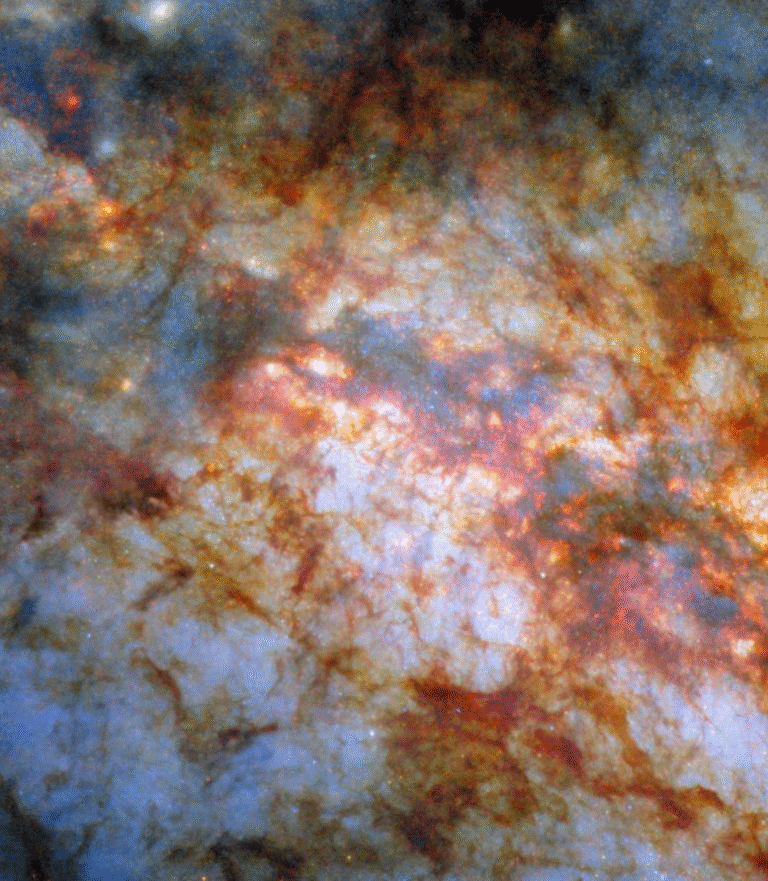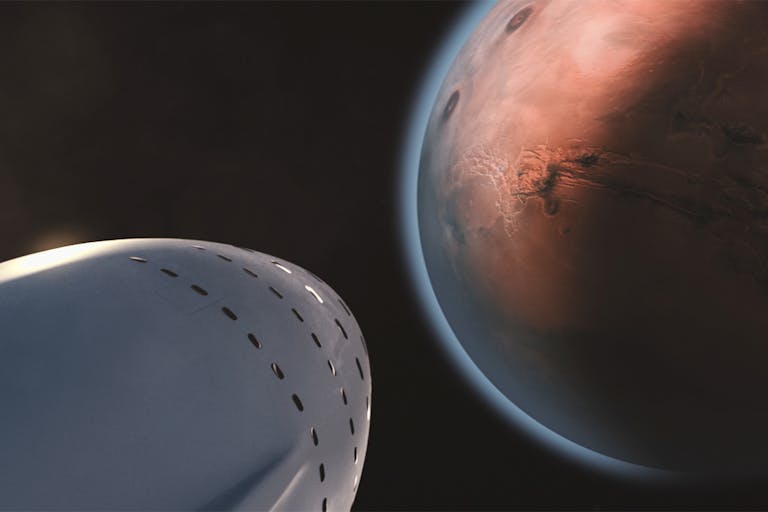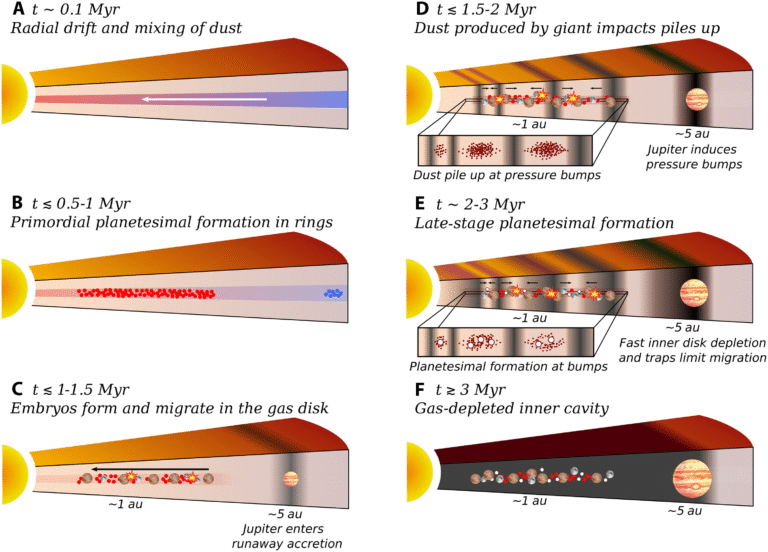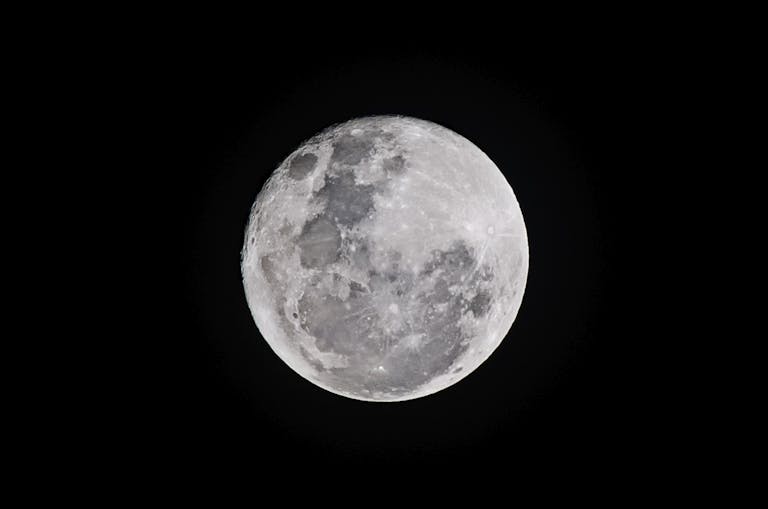Interstellar Comet 3I/ATLAS Brightens Rapidly Near the Sun and Leaves Scientists Searching for Answers

An interstellar comet named 3I/ATLAS has become the latest cosmic surprise, dazzling astronomers as it made its closest approach to the Sun in late October 2025. What started as a faint speck from another star system turned into one of the most unexpectedly bright and fast-changing objects ever recorded, leaving researchers puzzled about the cause of its extreme behavior.
Discovery and Origin
Comet 3I/ATLAS was first detected on July 1, 2025, by astronomers using the Asteroid Terrestrial-impact Last Alert System (ATLAS) survey. The “3I” in its name signifies that it is only the third confirmed interstellar object ever observed, following the cigar-shaped ‘Oumuamua (1I) in 2017 and the dusty comet 2I/Borisov in 2019. Like its predecessors, 3I/ATLAS is not native to our solar system—it entered from interstellar space, passing through our cosmic neighborhood before heading back out again.
Early trajectory calculations showed that the comet would sweep relatively close to the Sun, reaching a perihelion (closest point) of about 1.36 astronomical units (AU)—roughly the distance between Earth and the Sun plus another third. Importantly, it would survive this close encounter instead of plunging directly into the solar furnace.
Observing a Stranger in the Solar System
As 3I/ATLAS moved toward its closest approach, Earth-based telescopes lost sight of it because of the Sun’s intense glare. To continue tracking the comet, scientists relied on space-based observatories designed to study the Sun itself—namely NASA’s SOHO (Solar and Heliospheric Observatory), STEREO-A, and GOES-19, each equipped with sensitive cameras and coronagraphs that can block out direct sunlight to capture faint nearby objects.
These instruments, normally used to monitor solar flares and coronal mass ejections, suddenly found themselves watching a completely different phenomenon. Data from STEREO’s SECCHI HI1 and COR2 cameras, SOHO’s LASCO C3, and GOES-19’s CCOR-1 showed the comet brightening dramatically as it neared the Sun between September and October 2025.
A Record-Breaking Brightening
Astronomers observed that 3I/ATLAS’s brightness increased much faster than any comet seen before. Its apparent light curve followed a steep r⁻⁷.⁵ ± 1.0 relationship with distance from the Sun—a rate far beyond what’s typical for ordinary solar-system comets, which usually brighten more gradually due to sublimation of ices and dust release.
By the time it reached perihelion, scientists estimated that its geocentric V magnitude—a measure of brightness as seen from Earth—had reached around 9, meaning the comet had become thousands of times brighter than it had been only weeks earlier.
Even more surprising was its color. Most comets tend to appear reddish or neutral, as their dust reflects sunlight. 3I/ATLAS, however, turned distinctly blue, suggesting that its light was dominated by glowing gas emissions rather than reflected dust. This blue hue, noted in data from LASCO and CCOR, points to the presence of energetic carbon-based molecules like C₂ or CN radiating strongly in visible wavelengths.
What Makes It So Different
Scientists studying the comet’s data have proposed several explanations for its strange behavior. The leading hypothesis involves a massive gas outburst—essentially a surge in the release of volatile gases as the comet’s surface heated up. The sharp increase in gas emission could explain the sudden brightness spike, and the blue coloration fits with emissions from excited molecules glowing intensely in sunlight.
Another possibility lies in the unique composition of interstellar comets. Because 3I/ATLAS formed around another star, its internal chemistry may differ greatly from comets born in our own solar system. Early analyses suggest it could contain higher levels of carbon dioxide and other ultra-volatile ices that sublimate more easily, releasing plumes of gas long before water ice begins to boil off. It might even harbor unusual metals or dust grain structures not commonly found in solar-system comets.
How Scientists Are Studying It
The comet’s proximity to the Sun made it a challenging but fascinating target. Observations from space-based imagers like those aboard SOHO and STEREO-A allowed researchers to measure its coma size—the cloud of gas and dust surrounding the nucleus—which reached about 4 arcminutes across in GOES-19’s images.
Because these solar imagers are not designed for detailed comet spectroscopy, astronomers plan to resume ground-based observations once 3I/ATLAS moves far enough away from the Sun’s glare. In the coming months, large telescopes on Earth will track how the comet’s brightness changes as it recedes, while spectroscopy will help identify its chemical composition more precisely.
Comparisons With Other Interstellar Visitors
3I/ATLAS joins a very short list of known interstellar objects. The first, ‘Oumuamua, discovered in 2017, had no visible coma and exhibited unusual acceleration, leading to speculation that it might be an artificial object—though later models suggested a natural origin involving hydrogen or nitrogen outgassing. The second, 2I/Borisov, discovered in 2019, behaved much more like a typical comet but showed subtle chemical differences hinting at an origin in a colder, more volatile-rich region of another planetary system.
In contrast, 3I/ATLAS seems to combine both strangeness and activity. It is shedding material rapidly like Borisov, yet showing a unique color and brightness profile unseen in any other comet. Some researchers believe that these interstellar visitors represent a diverse population of bodies ejected from other forming star systems—each carrying a chemical fingerprint of its birthplace.
Could There Be Another Explanation?
A few speculative ideas have also surfaced. A minority of theorists have suggested that the comet’s acceleration and blue glow might point to non-natural phenomena, such as artificial propulsion or a reflective material of unknown origin. However, the vast majority of the scientific community views 3I/ATLAS as a natural comet whose extreme activity likely stems from its composition and the physical stress of passing close to the Sun.
Why the Blue Color Matters
Color measurements are not just aesthetic—they reveal a lot about what’s happening inside a comet. A blue spectral signature often means that gas emission dominates the light rather than dust scattering. Specifically, molecules like C₂, CO, and CN can emit in the blue-green portion of the spectrum when they absorb sunlight and fluoresce. The fact that 3I/ATLAS’s brightness is gas-driven rather than dust-driven may mean it’s undergoing intense volatile loss, potentially losing much of its outer material during this passage.
What Happens Next
Now that the comet has passed perihelion, it will soon re-emerge from behind the Sun, likely visible again to Earth-based telescopes in late November or early December 2025. Astronomers hope to track it for several months as it moves outward through the inner solar system. This will allow them to measure whether its brightness fades symmetrically or if further outbursts occur.
If the comet’s gas emissions continue to dominate, it could remain relatively bright even as it recedes. More importantly, spectroscopic observations will provide insights into which molecules are responsible for the glow, how much dust is being ejected, and whether the comet’s nucleus survived intact or partially fragmented.
Why This Matters for Science
Studying interstellar comets like 3I/ATLAS helps scientists understand how planetary systems beyond our own are built. These objects are effectively cosmic samples ejected from their original stars and flung across the galaxy. Each one provides a glimpse into the chemistry and physics of distant solar systems.
The rare opportunity to observe 3I/ATLAS as it interacts with our Sun gives researchers valuable information about how volatile-rich material behaves under extreme solar radiation and what kinds of compounds are stable in different cosmic environments. It also helps refine models of how interstellar objects travel through the galaxy—and how often such visitors might pass through our region of space.
Looking Ahead
In the next few months, scientists will compare 3I/ATLAS’s behavior to that of previous interstellar visitors and model its likely origin. Its unusual brightness curve and composition may point to a planetary system very different from our own. Whether the comet survives this solar encounter or disintegrates completely, it has already become one of the most intriguing discoveries of 2025.
For skywatchers and astronomers alike, 3I/ATLAS offers a front-row seat to the cosmic drama of interstellar travel—a frozen messenger from another star, briefly illuminated by our Sun before vanishing back into the dark.
Research reference: Qicheng Zhang et al., “Rapid Brightening of 3I/ATLAS Ahead of Perihelion,” arXiv (2025)





